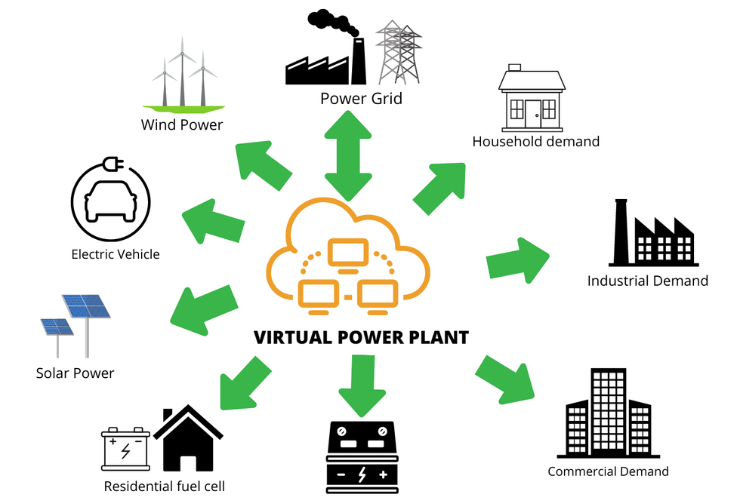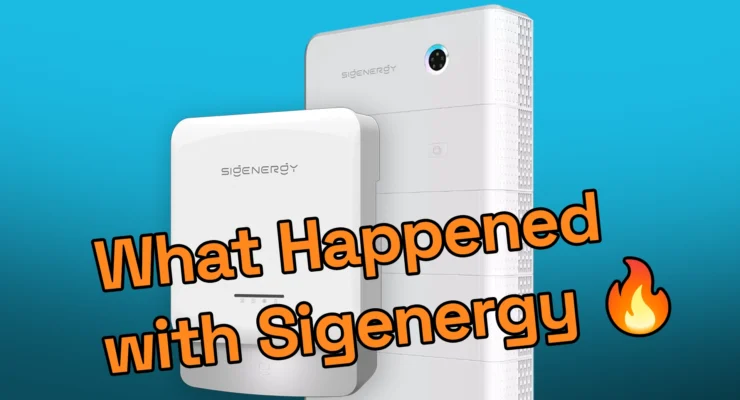Fast read
In high-energy-use regions like Queensland and the Northern Territory, the financial case for solar batteries is uniquely shaped by high cooling demands, specific electricity tariff structures, and federal incentives. The intense heat drives significant air conditioner use, creating large evening energy peaks that a battery can effectively eliminate, maximising self-consumption of solar power. The upcoming federal rebate can drastically reduce the upfront cost, making the payback period more attractive than in other parts of Australia.
How do battery economics differ in high-energy-use regions like Queensland or the NT?
For homeowners in Australia’s hot northern climates, managing electricity costs can feel like a constant battle against the sun. Yet, that same sun provides the fuel for a powerful solution: solar and battery storage. In high-energy-use areas such as Queensland and the Northern Territory, the economics of installing a battery are compelling, but they are driven by a different set of factors compared to southern states.
Here, it’s less about low feed-in tariffs and more about tackling huge peaks in consumption, navigating complex electricity pricing, and taking advantage of available incentives.
The defining factor: a massive appetite for air conditioning
The single biggest driver of high energy use in northern Australia is air conditioning. Hot days and warm, humid nights mean that cooling isn’t a luxury; it’s a necessity that accounts for a substantial portion of a household’s electricity bill. This creates a very specific energy consumption pattern: moderate daytime use (often covered by solar panels) followed by a massive spike in the late afternoon and evening as families come home and switch on the AC.
This evening peak is where a solar battery becomes invaluable. Without one, any solar energy generated during the day is exported to the grid for a modest feed-in tariff. Then, just a few hours later, you are forced to buy back expensive grid electricity to run your air conditioner, often at a peak rate that is several times higher than the feed-in tariff you received.
A solar battery breaks this cycle. It stores your excess solar energy generated during the day and allows you to use it to power your air conditioner and other appliances for free in the evening. This act of “self-consumption” is the primary way a battery generates savings, and the financial benefit is magnified in homes with high evening cooling loads. Reputable sources suggest that for every degree Celsius you raise your air conditioner’s temperature, you can save about 3-6% on its electricity consumption.
How tariff structures in QLD and the NT amplify battery savings
Understanding your electricity tariff is crucial to seeing the full financial benefit of a battery. In Queensland and the NT, many households are on Time-of-Use (TOU) Tariffs or Demand Tariffs, which are designed to charge more for electricity during periods of high grid demand.
- Time-of-Use (TOU) Tariffs: These tariffs have different rates for electricity at different times of the day, typically a peak period in the evening, an off-peak period overnight, and a shoulder period in between. In Queensland, for customers on the Energex network, the peak period aligns directly with peak air conditioning usage, from 4 pm to 9 pm. A battery allows you to avoid these expensive peak rates entirely by using your own stored solar power.
- Demand Tariffs: Increasingly common, especially for customers with smart meters, these tariffs include a separate charge based on your single highest period of energy use during peak times. Running multiple large appliances at once can trigger a high demand charge that affects your bill for the entire month. A battery can smooth out these peaks, ensuring you never draw a large amount of power from the grid at once and thereby keeping your demand charge low.
By storing solar energy, a battery gives you the power to control when you use grid electricity, effectively allowing you to bypass the most expensive pricing periods set by retailers.
Government incentives make the numbers work
A significant factor sweetening the deal for residents in the north are the government incentives available. As of June 2025, the primary incentive is the federal scheme.
Starting 1 July 2025, the Australian Government’s Cheaper Home Batteries Program will offer an upfront discount on the cost of an eligible battery installation for households and small businesses nationwide. The rebate is expected to reduce the upfront cost by around 30%, which could equate to several thousand dollars for a typical home battery, slashing the payback period.
It is important to note that the Northern Territory’s popular Home and Business Battery Scheme (HBBS) has reached its funding cap and is now closed to new applications as of early June 2025. Therefore, residents in the NT can no longer stack a local rebate with the federal program.
While Queensland does not currently have a state-wide battery rebate scheme, the federal rebate still applies, and homeowners may be eligible for other programs like Virtual Power Plants (VPPs).
Joining a Virtual Power Plant (VPP)
A Virtual Power Plant is a network of individual home batteries that are connected and managed by an energy retailer or operator. When the grid is under stress, the VPP can draw a small amount of energy from each connected battery to help stabilise the network. In return for participating, homeowners often receive ongoing bill credits or premium payments for the energy they share.
In regions like Queensland, where summer heatwaves can strain the electricity grid, VPPs play a crucial role in improving reliability and preventing blackouts. For a battery owner, joining a VPP provides an additional revenue stream that further improves the economic case for their investment. Many modern battery systems, such as the Sigenergy SigenStor, are designed with VPP integration and AI-powered energy management in mind, helping to automatically optimise your savings.
Sizing your system for the climate
Given the heavy reliance on air conditioning, right-sizing your solar and battery system is critical. An undersized system won’t be able to meet your evening cooling needs, diminishing your savings.
A qualified installer will conduct a thorough analysis of your energy bills to understand your unique consumption patterns, especially during the summer months. They will model the load from your specific air conditioning unit—including the initial surge in power it needs to start up—to recommend a battery and inverter combination that can handle the demand without strain. A system with a capacity of 10kWh or more is often recommended for households that run a standard split system for several hours in the evening.
The verdict for high-energy users
For households in Queensland and the Northern Territory, a solar battery is more than just an eco-friendly accessory; it’s a powerful financial tool. The combination of high air conditioning usage, time-based electricity tariffs, and the upcoming federal rebate creates a compelling economic argument.
By storing the abundant solar energy from the day to conquer the expensive evening peak, you can significantly reduce your electricity bills, gain valuable backup power for storm season, and achieve a greater level of energy independence. To see if a battery is the right fit for your home, the next step is to speak with an accredited installer who understands the unique energy landscape of Australia’s north.





